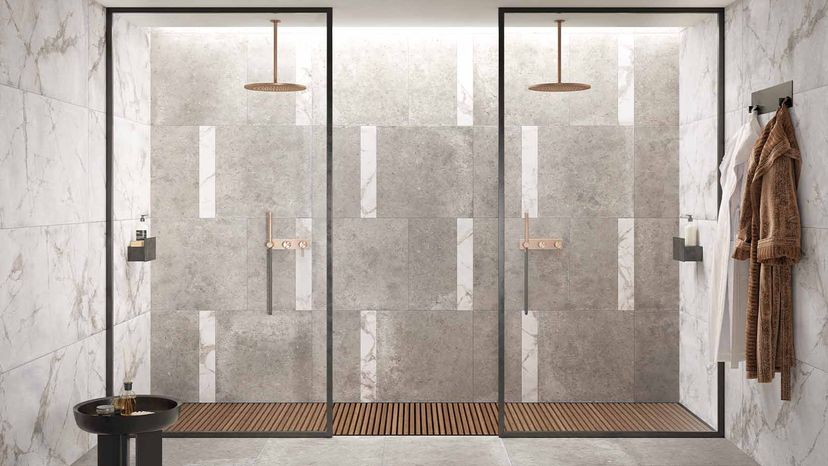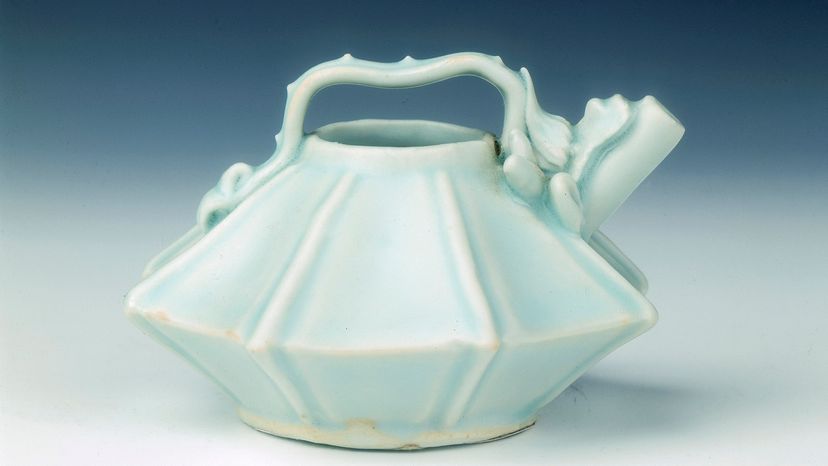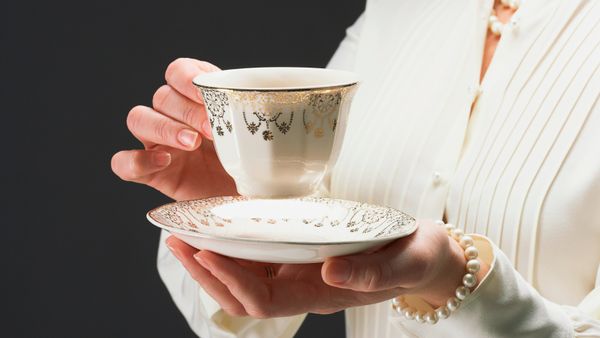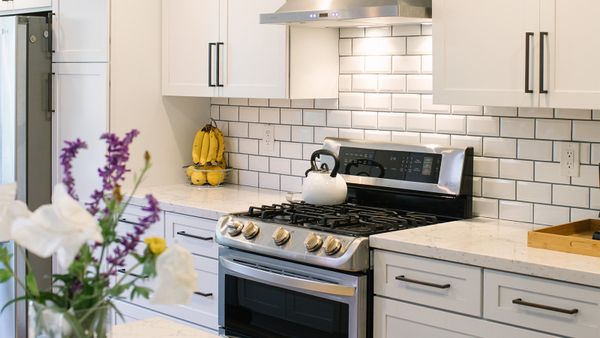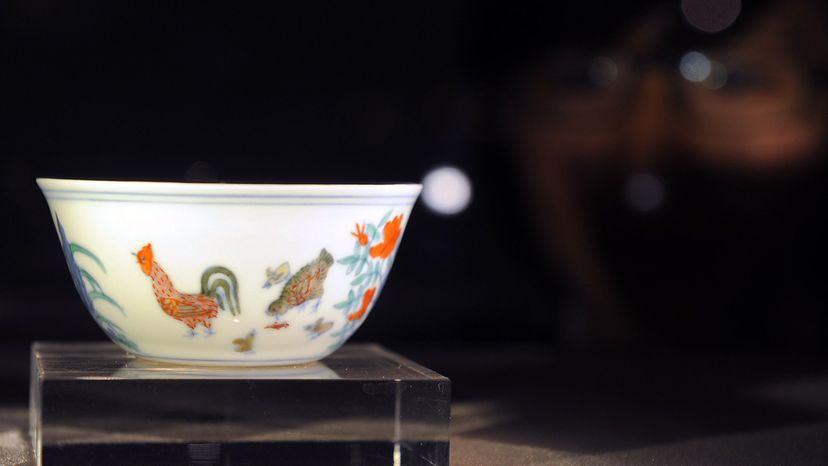
It would make an ideal bowl for chicken soup, in particular because it is painted with roosters, hens and chicks. But with a price tag of $36.05 million, a world auction record for Chinese porcelain in 2014, the Meiyintang 'Chicken Cup' is not a cup you'd ever eat out of. To explain that price tag, it's essential to question what it's made of, and specifically, what is porcelain?
After all, that 'Chicken Cup' was crafted during the Chenghua reign (1465-87) when porcelain "quality was at its peak and quantities produced at their lowest," according to Sotheby's, the auction house that sold the bowl. At that time, Europeans had discovered porcelain, but they had not yet learned how to make it.
Advertisement
The prized material has been described as delicate, elegant and translucent, but it also boasts high durability and is nearly impermeable. But what is porcelain, exactly, and what sets it apart from other ceramics? In this article, we'll explore the historical and modern uses of this beautiful ceramic.
